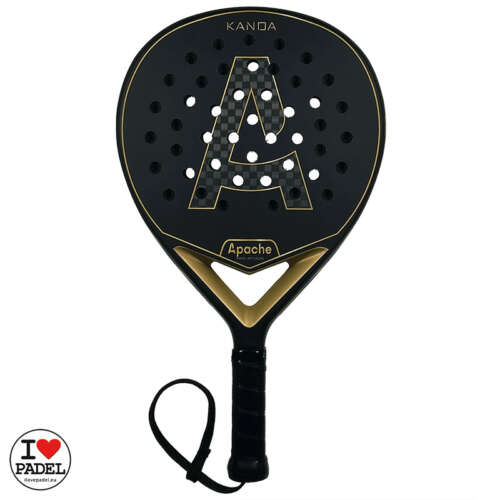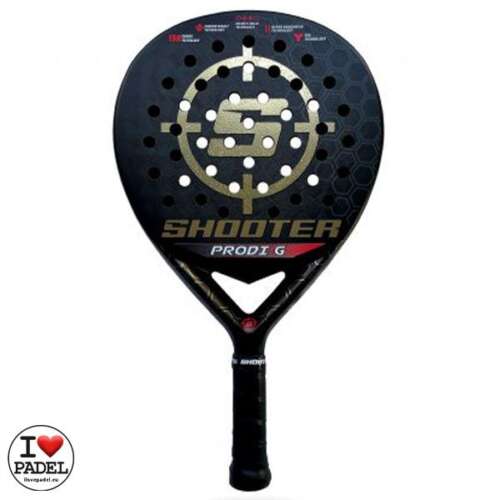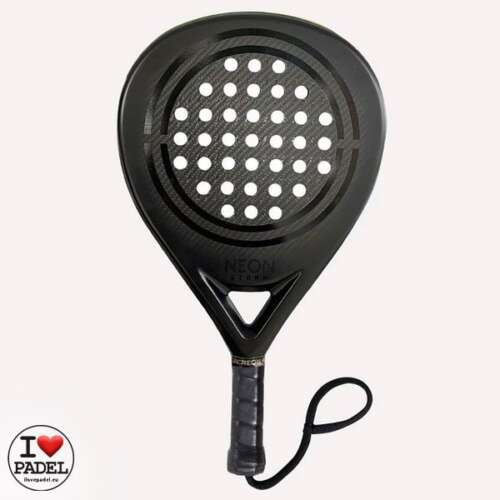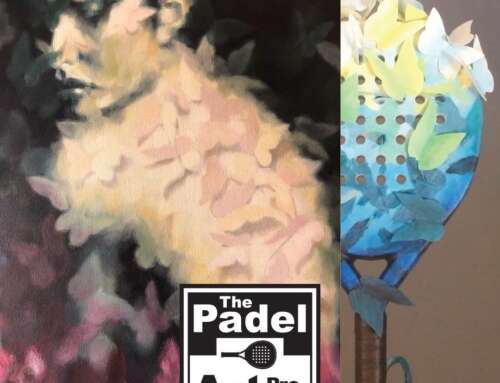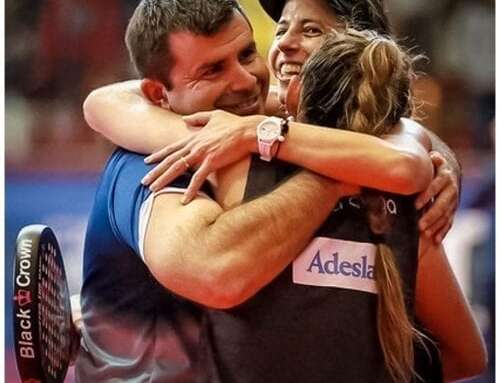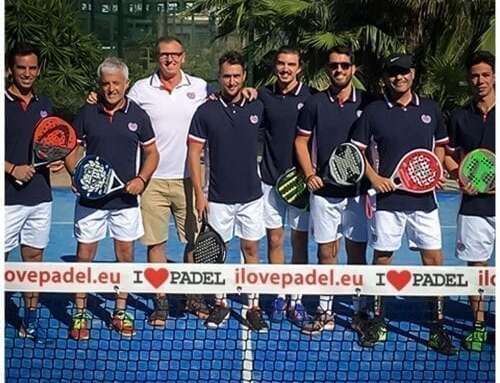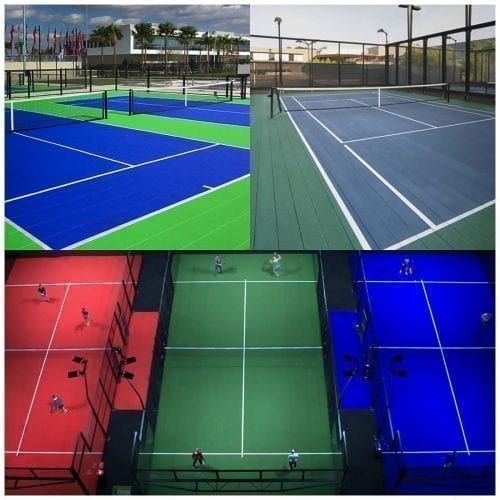
Padel Pádel Paddle or POP Tennis, what’s the difference
Padel, Pádel, or Paddle or POP Tennis, what’s the difference?
Padel is a Racket / Racquet sport (Racquet and Racket, pfff, will be explained separately). Padel is a bit different from the original sport as known in the US and Canada as Paddle Tennis.
We start with the explanation of Padel or as the Spanish write Pádel.
Padel was invented in Acapulco, Mexico, by Enrique Corcuera in the year 1969.
Currently, Padel is most popular in Hispanic American countries such as Argentina, Mexico as well as in Spain and Andorra, although it is now beginning to spread rapidly across Europe and all other continents.
Padel Pro Tour (PPT) was the professional padel circuit that was created in 2005 as a result of the agreement between a group of organizers of Padel matches and the Association of Professional Players of Pádel (AJPP) and the Spanish Feminine Association of Pádel (AFEP). Nowadays, the most important padel circuit is World Padel Tour (WPT), which started in Spain though is now internationally accepted as the leading organization. Since 2014 the WPT is expanding rapidly around the globe.
The sport’s popularity along with the Costa´s in southern Spain and the Algarve in southern Portugal exposed Padel to a large number of foreign visitors, leading to the increased popularity of the sport in the North of Europe and a launched Padel Federation in every European country.
The Padel court
Padel is played according to pretty strict rules and regulations that state that the field should be a rectangle 10 meters (32 feet 10 in) wide and 20 meters (65 feet 7 in) long (with a 0.5% tolerance), enclosed by walls. In the middle of the playing field, there is a net dividing the court in two, the net has a maximum height of 88 centimeters in the center raising to 92 centimeters (36 inches) at the sides (with 0.5 centimeters (1⁄5 inch) tolerance).
Back walls should be 3 meters (9 feet 10 inches) high covering the entire back of the field and the side walls should be 3 meters (9 feet 10 inches) high and 2 meters (6 feet 7 inches) long ending on another wall 2 meters (6 feet 7 inches) high and 2 meters (6 feet 7 inches) long (known as step-type). The diagonal-type sidewall is also accepted, instead of a step, it runs like a straight line between the two heights of the sidewall. The rest of the court is closed using a metallic mesh also 3 meters (9 feet 10 inches) high, the wall closed sides can also have a metallic mesh up to 1 meter (3 feet 3 inches) tall.
The service lines are placed 3 meters (9 feet 10 inches) before the back wall and there will be also another line in the middle that divides the central rectangle in half. All lines have a 5-centimeters (2 inches) width and should be clearly visible.
Between the playing field, there is a minimum height and an obstacle (for e.g. the ceiling) is 6 meters (19 feet 8 inches).
Now, Paddle Tennis explained also known as POP Tennis
Paddle tennis is a game adapted from tennis and played for over a century. Compared to tennis, the court is smaller and has no doubles lanes, and the net is lower. Paddle tennis is played with a solid paddle as opposed to a strung racquet, and a depressurized tennis ball is used.
The same court is used for both singles and doubles, with doubles being the dominant form of play. The smaller court size adds a strong emphasis and advantage to netplay and creates a fast and reaction-based game.
History of Paddle Tennis
The roots of Paddle tennis holds back to the early 20th century, with its development by an Episcopal minister, Frank Peer Beal, in lower Manhattan, USA. Wanting to create recreational activities for neighborhood children, he got the city’s parks and recreation department to lay courts in Washington Square Park in Greenwich Village in 1915, USA. The first tournament was held in 1922, and the United States Paddle Tennis Association (USPTA) was formed the following year. By 1941, paddle tennis was being played in almost 500 American cities.
The Paddle Tennis court
Paddle Tennis courts are constructed of the same materials as tennis courts or can also be played on the beach. The court measures 15,24 Meters (50 feet) baseline-to-baseline and 6,10 Meters (20 feet) across, with the service line 91 centimeters (3 feet) in from the baseline. This creates a service box of 3 x 6,70 Meters (10 feet x 22 feet). The net is placed at 79 Centimeters (31 inches). On the west coast, a restraint line is drawn at 3,66 centimeters (12 feet) back parallel to the net. When in use, all players must keep both feet behind the restraint line until after the player receiving the serve has struck the ball. All Paddle rules are similar to Tennis. Paddle Tennis first and second serves to have to be at least bounced once in the other opponent’s side.
Conclusion
They are different sports, Padel (Pádel in Spanish) and Paddle Tennis. However, all with the same balls and the same Padel, Pádel, Paddle Rackets, Racquets.
Paddle Tennis – (POP Tennis)
Padel – Pádel
So, whatever Name…
Playing Padel, Pádel, Paddle, or POP Tennis, is another, a good start is to start with the Best Possible Racket/Racquet at your level.
Guess what, you can click here to get one.
Experience the Quality and Service of I Love Padel

[expander_maker id=”2″ more=”Read more” less=”Read less”]You can Choose the Weight of the Padel Racket of Your Choice. During Check-Out enter preferred weight under ‘Order Notes’.
Buy Now![/expander_maker]

[expander_maker id=”2″ more=”Read more” less=”Read less”]Every Padel Racket We Deliver Comes with a Durable Racket Cover provided with handles and an extendable shoulder strap.
Buy Now![/expander_maker]

[expander_maker id=”2″ more=”Read more” less=”Read less”]All Padel Rackets come with a full 4 Months Factory Guarantee for any Damage or Problems Caused by Normal Use.
Buy Now![/expander_maker]

[expander_maker id=”2″ more=”Read more” less=”Read less”]Our ‘I Love Padel’ best price guarantee ensures that we can price match if you find the same product cheaper.
Let Us Know[/expander_maker]




